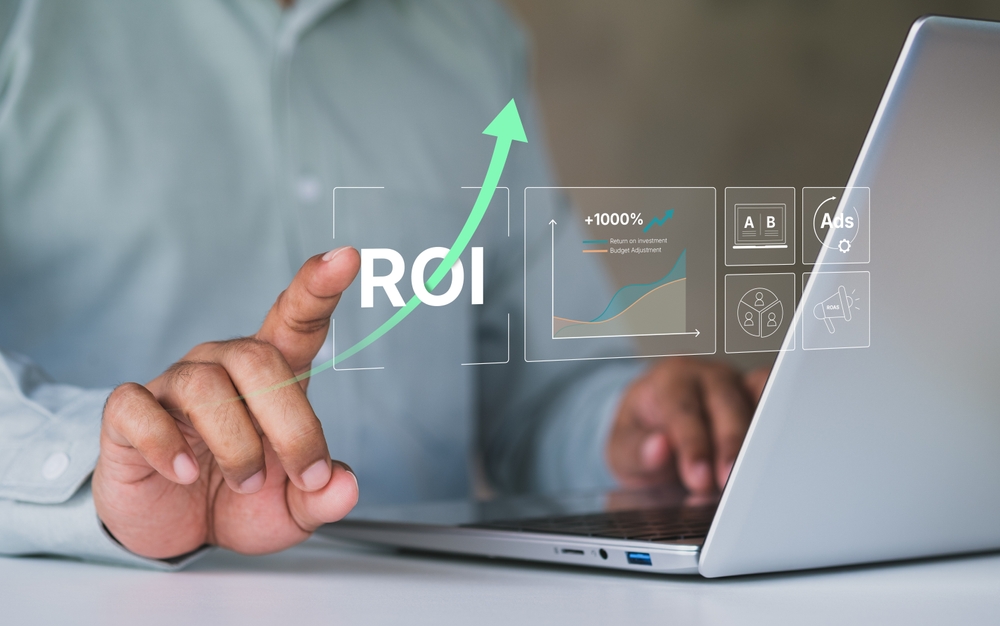3 wearables marketers must follow

It’s easy to poke fun at the guy walking down the street with his Google Glass, the woman at the coffee shop checking texts on her smart watch, or the jogger with a $150 Fuel Band that replaced a $5 pedometer. These are just the tech toys of the day and will be gone before you know it — just like the Newton and hundreds of other technology products that have vanished as quickly as they came. So this begs a question — if today’s tech gadgets are destined for extinction, why should we pay attention? And even more so, why as marketers should we be paying attention? After all, none of these platforms accept advertising, there’s a limited set of users and the technology keeps changing.
But let’s take a quick glance back. For those of you who don’t know, the Newton was an early PDA (personal digital assistant) made by the folks at Apple and it was a relatively amazing technology — at the time. You could take handwritten notes on it, keep track of contacts, and manage your calendar. And while the Newton as a product was discontinued in 1998, there are a lot of capabilities in today’s iPhone and iPad that were present in the Newton.
Today’s wearable technologies are going to change — that’s for sure. But they are also going to be adopted in record speed. It wasn’t all that long ago that Google didn’t exist and cell phones were the size of bricks. Google Glass seems to be creating the most buzz. Smart watches are becoming commonplace (resembling the old calculator watch from 20-plus years ago) but often overlooked are the sport monitors, smart clothing, jewelry, and more.
So in order to prepare for the future, let’s first take a look at the popular wearables of today.
Why Google Glass will be important
For starters, a screen that small is an art director’s nightmare. I remember the days when the first 468×60 banners were starting and asking, how could we ever fit a message into that space? But then along came a banner you could play Pong in, rich media expandables, and larger sized banners took the stage. While physically small, the screen on Google Glass actually provides a fairly large amount of content.
If you read the coverage, all the discussions seem to center around the camera “OK Glass, take a picture.” But there’s a lot more functionality packed into Glass that make it a much more robust tool. When emails arrive, Glass will gladly read the message aloud and verbally respond. Glass does an extremely good job of understanding what I’m saying (it’s way better than what autocorrect does to my typed text messages). It’s changing the way I communicate. Truly we’re not ready for Spike Jonez’s world in the film “Her,” where we all walk around talking to our devices, but technology is now starting to adapt to how we naturally communicate.
Why smart watches are important
We’ve all been in that meeting where everyone takes a look at their watch and can’t wait for it to end. How much longer are we stuck in this room? But with a smart watch you can get more information, learn something, or get important updates in a much less obtrusive way than pulling out your phone, which is where the majority of people check the time now. A smart watch lets you see that message and react accordingly. Yes, it’s true, a lot of people have to learn some etiquette and it will evolve. Remember when people used to type emails in all caps? Of course some folks still do, and too many people talk loudly on their cell phones in public settings.
Some people may feel we’re entering a world of less engaged conversations, but it will wear off and we’ll learn how to focus again. When the internet first made it to your office desktop, productivity dropped as you browsed the web and found new sites. But as you got accustomed to it, you found you could answer that question that used to take hours in minutes. Now that’s productivity!
Why sports monitors are important
Fuel Bands, Fit Bands, etc. are great tools for monitoring your activity. It takes the drudgery out of tracking your workouts. I personally have been wearing a glorified pedometer for a few months now (down 12 lbs!). The thing that’s changed for me is that my workout tracking is automated. I can look back and see what I’ve done, make changes, and adjust all based on data that’s automatically collected for me.
Why are these items important to marketers
So there’s an array of reasons why these tools are important to us in our personal lives. But how important will the tools be for business? Imagine the idea of getting your relevant message to someone who’s in a meeting at the end of the day. “Pick up Chinese take-out on the way home” could quickly be responded to with a digitally placed order for your favorite items at the push of a button on your watch. Of course the restaurant that offers this service first will take the lead in business. For example, look at how the big pizza chains are handling mobile orders today. On Google Glass an opted in message at the right time could help you find the closest coffee shop and show you the driving directions.
So in the end, what’s important about wearables isn’t the technology itself, it’s how the technology can enhance communication. And after all, aren’t we marketers really in the communication business? Pay attention, things are changing faster than you know. Sony’s Walkman sure wishes it was an iPod now.
Peter Platt is president of Accountable Digital.



